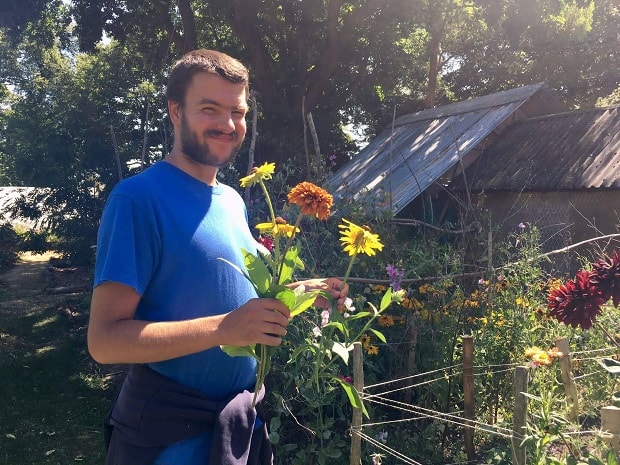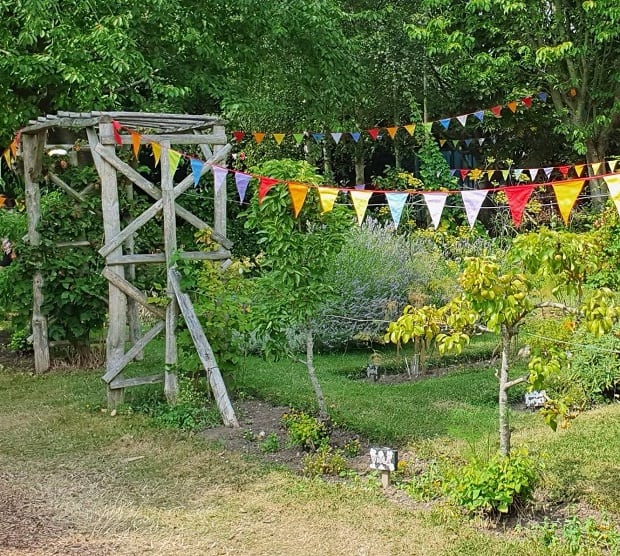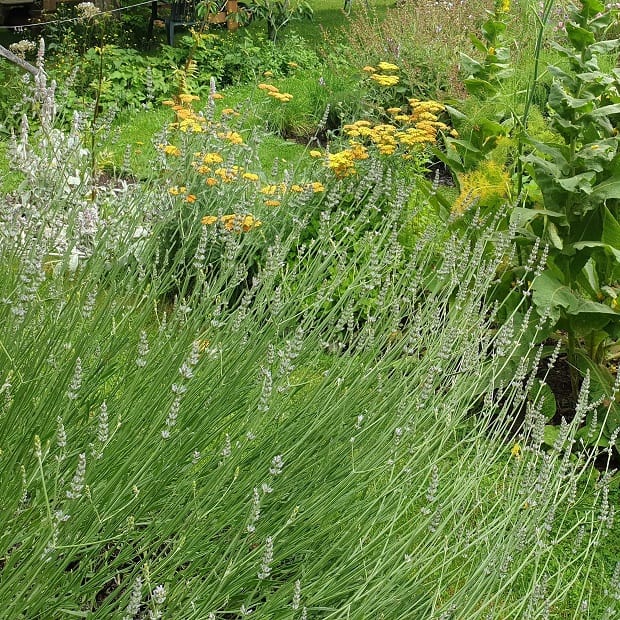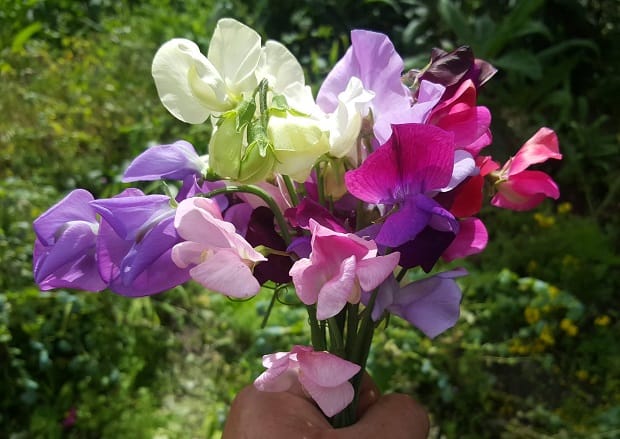
By Nick Condron
It’s August and parts of the garden are now feeling decidedly parched. Besides the recent unprecedented high temperatures approaching 40 degrees, this July was also the driest in more than a century. Whilst the browned grass is robust enough to bounce back once the rains return, our vegetable crops and beautiful blooms have relied upon vigilant and judicious watering to keep them going.

It’s no wonder that demand for drought-resistant and heat-loving plants in the UK has never been higher, as we witness a continued shift away from the traditional cottage garden idyll towards more Mediterranean and even tropical alternatives. With lavender having overtaken roses as the nation’s bestselling group of plants, it may well be time for us to consider transplanting our banana palm outside the increasingly warm confines of the polytunnel!

Indeed, as sun-weary displays begin to go past their best, the challenge now is to prolong the season by deadheading faded flowers, tying in supports to hold up top heavy growth and removing weeds that might compete for any moisture that is available. This is particularly the case in our cut flower corner, which is reaching peak production.
Historically, cuttings gardens were an essential element of the walled kitchen gardens of grand stately houses, supplying the luxury of freshly cut flowers for the tables of the landed gentry. In more recent times, as the availability of cut flowers has proliferated, their supply has become big business. However, the enduring appeal and immediacy of growing your own remains ever popular.

Perhaps our favourite cut flower to grow here in the garden is the sweet pea (Lathyrus odoratus), which is related to the edible pea but bitter and slightly toxic if eaten. They were first sent to English growers in 1699 by a Sicilian monk, Franciscus Cupani, who found them growing wild and was delighted by their simple but beautiful blooms and sweet aroma.

During the Victorian era they were developed and hybridised by Henry Eckford, a Scottish nurseryman, who enlarged the flowers and increased the number of colours available and thereby greatly widened their popularity. Over the years, wavy petal edges, longer stems and different colour combinations have followed. Yet their enduring appeal remains their strong scent, which brings any room to life with a fragrance somewhere between orange blossom and hyacinth, with a hint of rose.

